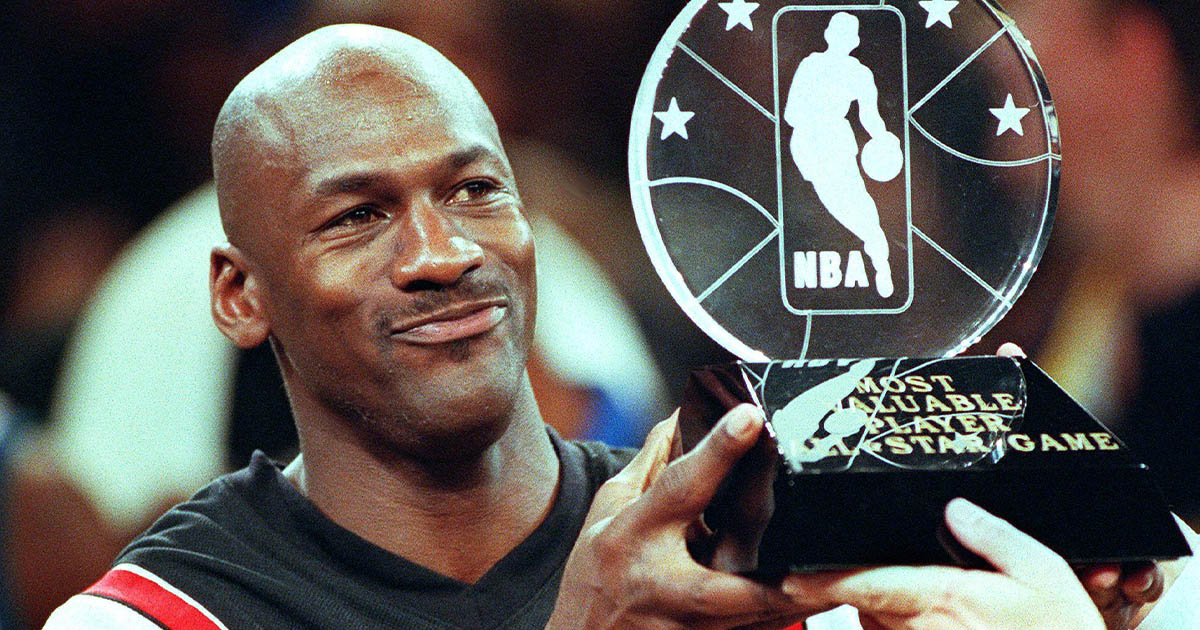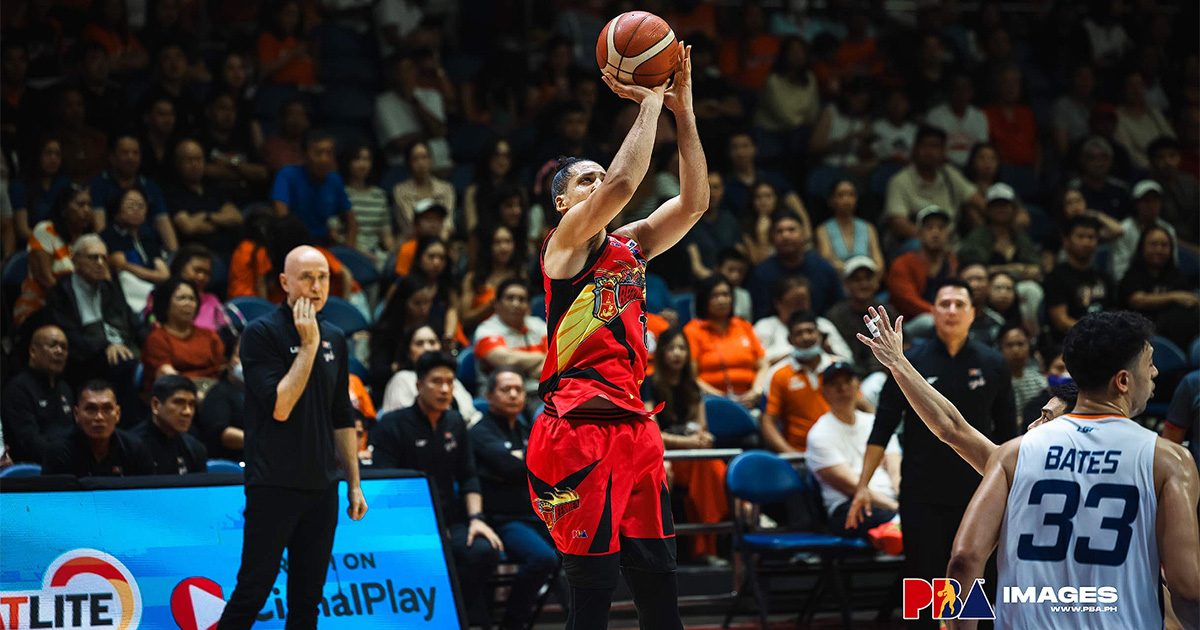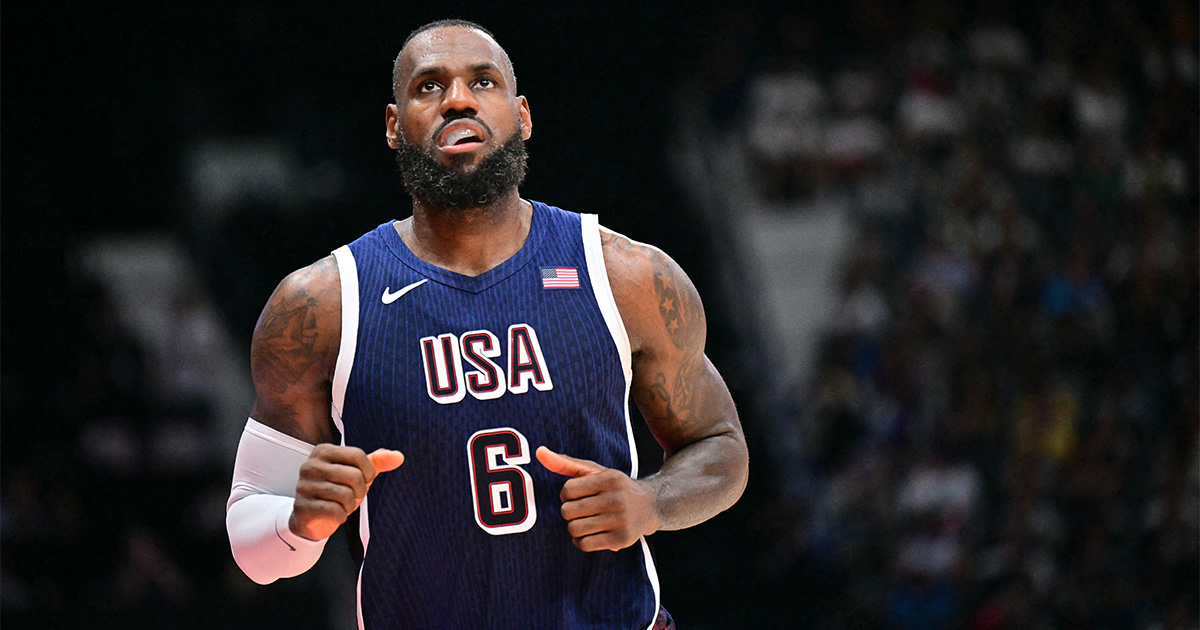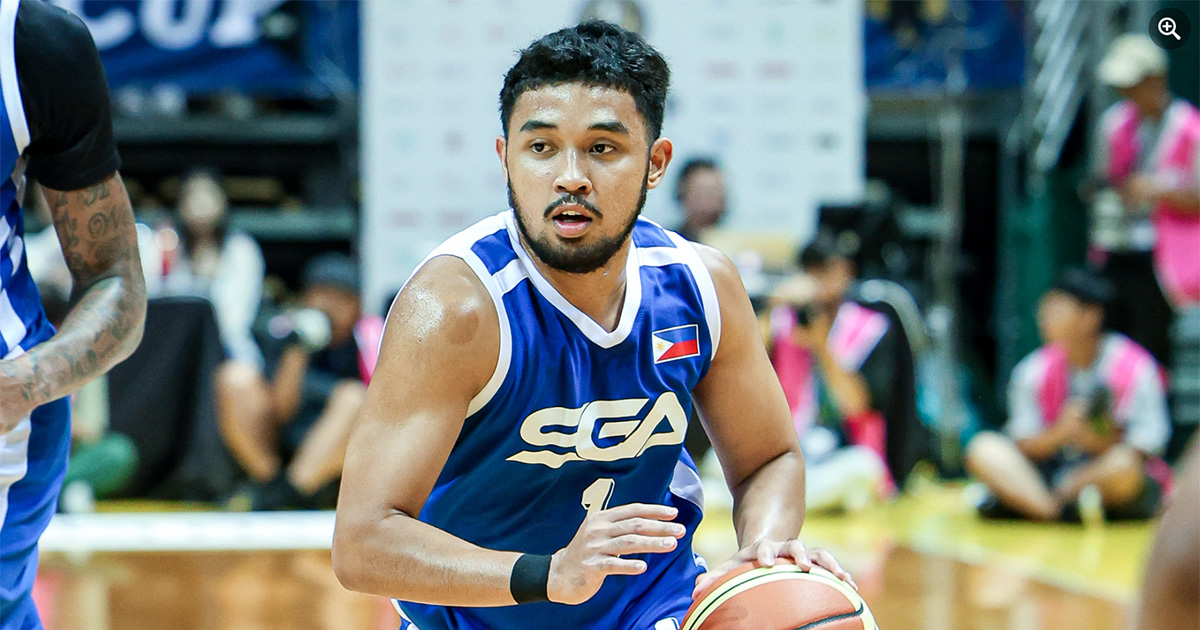When we talk about the most influential players in the NBA, we think about Michael Jordan and the multi-billion-dollar shoe empire he created. We think about Bill Russell and his civil rights activism. Allen Iverson and the hip-hop culture. Steph Curry and the three-point revolution. LeBron James and Taco Tuesday. But how do we measure who is more influential? We can’t, because we’re not even talking about the same thing. So I’m not even going to attempt that. But since the NBA will hold its annual draft tomorrow night, it occurred to me that perhaps we can measure “influence” in terms of how a player impacts other franchises’ draft selections.
What do I mean? The NBA is a copycat league. A few teams do well and the rest tries to be just like them. That’s particularly true when drafting players. A moribund franchise stumbles upon a lottery gem and makes the playoffs, and the GMs of other lottery-bound teams are scrambling to find the “next one.” Shaping multiple NBA teams’ future draft choices? Now that’s influence.
The key consideration is replicability. GMs will only copy something if they can convince themselves (and their owners) that they can successfully reproduce the other team’s source code. Some superstars are just so unique that executives know that looking for similar types of players in the draft is a fool’s errand. This is particularly true for great players who weren’t athletic freaks—think Curry and Tim Duncan. Since Duncan was drafted in 1997, you can count the number of Duncan-types drafted in the lottery on one hand: LaMarcus Aldridge (Blazers, 2006), Al Horford (Hawks, 2007), and Jahlil Okafor (Sixers, 2015). The number of Curry-types in the lottery since 2009? One: Trae Young in 2018. (Damian Lillard was drafted in 2012, but Steph hadn’t even made his first All-Star team by then, so that Blazers pick wasn’t meant to ape the Warriors.)
As you’ll see, almost all the guys on this list possess elite athleticism. That’s rule number 1 for NBA GMs on draft night: when in doubt, choose the more athletic guy. When it comes to draft prospects, teams don’t know for sure how their games would translate at the pro level, so spending a valuable lottery pick to get an average athlete carries a big risk. It’s always easier to teach basketball skills than to make a player run faster and jump higher. At least that’s how the conventional wisdom goes.
Today, we’ll look at four paradigmatic players who have served as blueprints for rebuilding teams. They aren’t necessarily the greatest draft selections, but they’ve brought their cities enough success that other GMs are like, “screw it, let’s do what they did.” Imitation, after all, is the sincerest form of flattery.
(Note: Only lottery picks are listed in the “lineage” portions below. That’s because GMs look for their next franchise players at the top of the draft board. Guys like Nikola Jokic falling in the second round is the exception rather than the rule.)
MICHAEL JORDAN – The high-flying, high-scoring swingman
Lineage: Harold Miner (12th by MIA, 1992), Isaiah Rider (5th by MIN, 1993), Jerry Stackhouse (3rd by PHI, 1995), Kobe Bryant (13th by LAL via CHA, 1996), Vince Carter (5th by TOR via GSW, 1998), Jason Richardson (5th by GSW, 2001), LeBron James (1st by CLE, 2003), Andrew Wiggins (1st by CLE, 2014), and almost every other athletic wing scorer
Surprise, surprise. Everyone wants to be like Mike—rival teams included. Jordan showed that it was possible to build a franchise around a perimeter player in an era dominated by bigs. Other teams have tried to replicate Chicago’s formula to varying success. Kobe and LeBron won multiple titles; Carter, Stackhouse and Wiggins have made All-Star teams; while Miner, Rider and Richardson had their best moments in the dunk contest. (LeBron’s game turned out to be different from MJ’s, but we’re talking about the anticipation when Cleveland drafted him in 2003.)
Executives are more judicious in comparing any prospect to the GOAT these days because of the obvious impossibility of living up to expectations. Plus, scouts are forever scarred by the notorious DeShawn Stevenson profile from NBADraft.net.
While MJ comparisons have (thankfully) died down, the lineage continues albeit in a repackaged form. Instead of direct comparisons with Jordan, we see prospects being compared to players who were once labelled as “The Next Jordan.” So, for instance, you wouldn’t hear anyone compare last year’s number 2 pick Jalen Green to MJ, but comparing him to Vince Carter is fair game.

KEVIN GARNETT – The long, athletic power forward
Lineage: Stromile Swift (2nd by VAN, 2000), Jerome Moiso (11th by BOS, 2000), Kwame Brown (1st by WAS, 2001), Tyson Chandler (2nd by CHI via LAC, 2001), Eddie Griffin (7th by HOU via NJN, 2001), Chris Bosh (4th by TOR, 2003), Dwight Howard (1st by ORL, 2004), Derrick Favors (3rd by UTA via NJN, 2010), Anthony Davis (1st by NOH, 2012), Nerlens Noel (6th by NOH, 2013), Noah Vonleh (9th by CHH, 2014), Bam Adebayo (14th by MIA, 2017), Marvin Bagley III (2nd by SAC, 2018), Jaren Jackson Jr. (4th by MEM, 2018), James Wiseman (2nd by GSW, 2020), Evan Mobley (3rd by CLE, 2021), Jabari Smith (3rd by HOU, 2022)
KG is the GMs’ favorite. The reason: the floor is high. Most Garnett-type prospects come into the league with underdeveloped offensive skills; but even if they fail to develop, they have the physical tools to be a serviceable defender and rebounder. That’s why we see more Garnett-types than Duncan-types being picked in the lottery.
The best case, of course, is if the prospect actually develops anything close to KG’s offensive repertoire. Garnett’s defensive intensity tends to dominate our memories of him, but it’s good to be reminded that peak KG averaged 20+ points in nine consecutive seasons and could beat defenders in a variety of ways—face-up, post-up, and mid-range. He was the prototype of the modern-day power forward: a multi-level scorer who can guard 1-5. And that’s why he remains the most popular mould to this day.
DIRK NOWITZKI – The tall international guy who can shoot threes
Lineage: Nikoloz Tskitishvili (5th by DEN, 2002), Darko Milicic (2nd by DET, 2003), Yaroslav Koralev (12th by LAC, 2005), Andrea Bargnani (1st by TOR, 2006), Yi Jianlian (6th by MIL, 2007), Jan Vesely (6th by WAS, 2011), Kristaps Porzingis (4th by NYK, 2015), Lauri Markkanen (7th by CHI via MIN, 2017)
When I said that almost all the guys on this list are elite athletes, I meant Dirk as the exception. Though it’s worth mentioning that he’s 7-foot tall and you can’t really teach height. He made his first All-Star team in 2002 and around a third of the league has since spent one of their lottery picks hoping to land themselves a Dirk clone. I’d imagine that these teams had this on their draft day notes:
“[Prospect] is a 7-footer who can shoot the ball, has excellent handles, and can run the floor. Can play the two-guard position. He’s got great range on his shot—ESPN.com saw him drain 10 NBA three pointers in a row during a workout in Italy on May 4. He likes to put the ball on the floor and has a sweet cross over. Quicker and more athletic than Dirk Nowitzki.”
In case you’re wondering, that was ESPN’s profile for Tskitishvili prior to the 2002 draft. For the record, I’m very familiar with hunt for the next Dirk because it reached its fever pitch during a time when I started spending an unhealthy amount of time on the internet, reading every profile on NBADraft.net, scouring endless Google results for info on European draft prospects. That’s how the basketball careers of Kresimir Loncar, Zarko Cabarkapa, and Maciej Lampe became forever etched in my memory.
DERRICK ROSE – The uber-athletic point guard
Lineage: John Wall (1st by WAS, 2010), Dante Exum (5th by UTA, 2014), Emmanuel Mudiay (7th by DEN, 2015), Kris Dunn (5th by MIN, 2016), Markelle Fultz (1st by PHI via BOS, 2017), De’Aaron Fox (5th by SAC, 2017), Dennis Smith Jr. (9th by DAL, 2017), Collin Sexton (9th by CLE, 2018), Ja Morant (2nd by MEM, 2019), Lineage: John Wall (1st by WAS, 2010), Dante Exum (5th by UTA, 2014), Emmanuel Mudiay (7th by DEN, 2015), Kris Dunn (5th by MIN, 2016), Markelle Fultz (1st by PHI via BOS, 2017), De’Aaron Fox (5th by SAC, 2017), Dennis Smith Jr. (9th by DAL, 2017), Collin Sexton (9th by CLE, 2018), Jaden Ivey (5th by DET, 2022)
I guess you can ultimately trace back the lineage to Iverson, a shooting guard in a point guard’s body who owned an impressive 41-inch vertical leap. But after Steve Francis and Baron Davis were drafted 2nd and 3rd in 1999, NBA teams have mostly steered clear of score-first point guards for much of the noughties (Dajuan Wagner say ‘hi’ to Cavs fans) until Derrick Rose was drafted first overall in 2008 (with Russell Westbrook going 4th the same year).
At 6-foot-2, Rose wasn’t as vertically challenged as A.I. and his build wasn’t as stocky as Francis or Davis. He is more of a lead guard than a pure point guard, yet still a playmaker and not a ball hog. He won the MVP and led the Bulls to the best regular season record in 2011—and it’s safe to assume that this level of success is what many teams are hoping to emulate whenever they draft an athletic point guard.
Having said that, it’s curious why so many teams choose to build a franchise around a John Calipari D-Rose-type PG. Unlike the first three players on this list, Rose never came close to winning a title (btw, neither did Westbrook as the team’s alpha). Making GMs believe in a vision that was never fulfilled? I guess you can truly call that influential.















